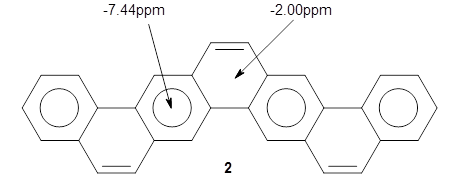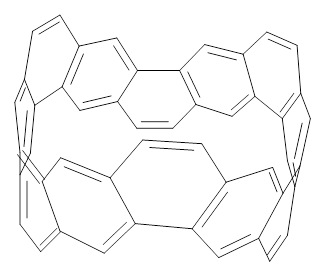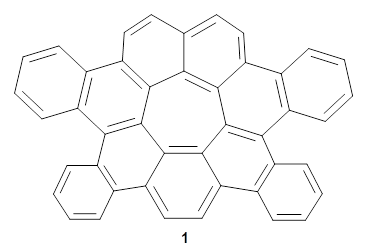“Getting the right answer for the right reason” – how important is this principle when it comes to computational chemistry? Medvedev and co-workers argue that when it comes to DFT, trends in functional development have overlooked this maxim in favor of utility.1 Specifically, they note that
There exists an exact functional that yields the exact energy of a system from its exact density.
Over the past two decades a great deal of effort has gone into functional development, mostly in an empirical way done usually to improve energy prediction. This approach has a problem:
[It], however, overlooks the fact that the reproduction of exact energy is not a feature of the exact functional, unless the input electron density is exact as well.
So, these authors have studied functional performance with regards to obtaining proper electron densities. Using CCSD/aug-cc-pwCV5Z as the benchmark, they computed the electron density for a number of neutral and cationic atoms having 2, 4, or 10 electrons. Then, they computed the densities with 128 different functionals of all of the rungs of Jacob’s ladder. They find that accuracy was increasing as new functionals were developed from the 1970s to the early 2000s. Since then, however, newer functionals have tended towards poorer electron densities, even though energy prediction has continued to improve. Medvedev et al argue that the recent trend in DFT development has been towards functionals that are highly parameterized to fit energies with no consideration given to other aspects including the density or constraints of the exact functional.
In the same issue of Science, Hammes-Schiffer comments about this paper.2 She notes some technical issues, most importantly that the benchmark study is for atoms and that molecular densities might be a different issue. But more philosophically (and practically), she points out that for many chemical and biological systems, the energy and structure are of more interest than the density. Depending on where the errors in density occur, these errors may not be of particular relevance in understanding reactivity; i.e., if the errors are largely near the nuclei but the valence region is well described then reactions (transition states) might be treated reasonably well. She proposes that future development of functionals, likely still to be driven by empirical fitting, might include other data to fit to that may better reflect the density, such as dipole moments. This seems like a quite logical and rational step to take next.
A commentary by Korth3 summarizes a number of additional concerns regarding the Medvedev paper. The last concern is the one I find most striking:
Even if there really are (new) problems, it is as unclear as before how they can be overcome…With this in mind, it does not seem unreasonable to compromise on the quality of the atomic densities to improve the description of more relevant properties, such as the energetics of molecules.
Korth concludes with
In the meantime, while theoreticians should not rest until they have the right answer for the right reason, computational chemists and experimentalists will most likely continue to be happy with helpful answers for good reasons.
I do really think this is the correct take-away message: DFT does appear to provide good predictions of a variety of chemical and physical properties, and it will remain a widely utilized tool even if the density that underpins the theory is incorrect. Functional development must continue, and Medvedev et al. remind us of this need.
References
1) Medvedev, M. G.; Bushmarinov, I. S.; Sun, J.; Perdew, J. P.; Lyssenko, K. A., "Density functional theory is straying from the path toward the exact functional." Science 2017, 355, 49-52, DOI: 10.1126/science.aah5975.
2) Hammes-Schiffer, S., "A conundrum for density functional theory." Science 2017, 355, 28-29, DOI: 10.1126/science.aal3442.
3) Korth, M., "Density Functional Theory: Not Quite the Right Answer for the Right Reason Yet." Angew. Chem. Int. Ed. 2017, 56, 5396-5398, DOI: 10.1002/anie.201701894.








